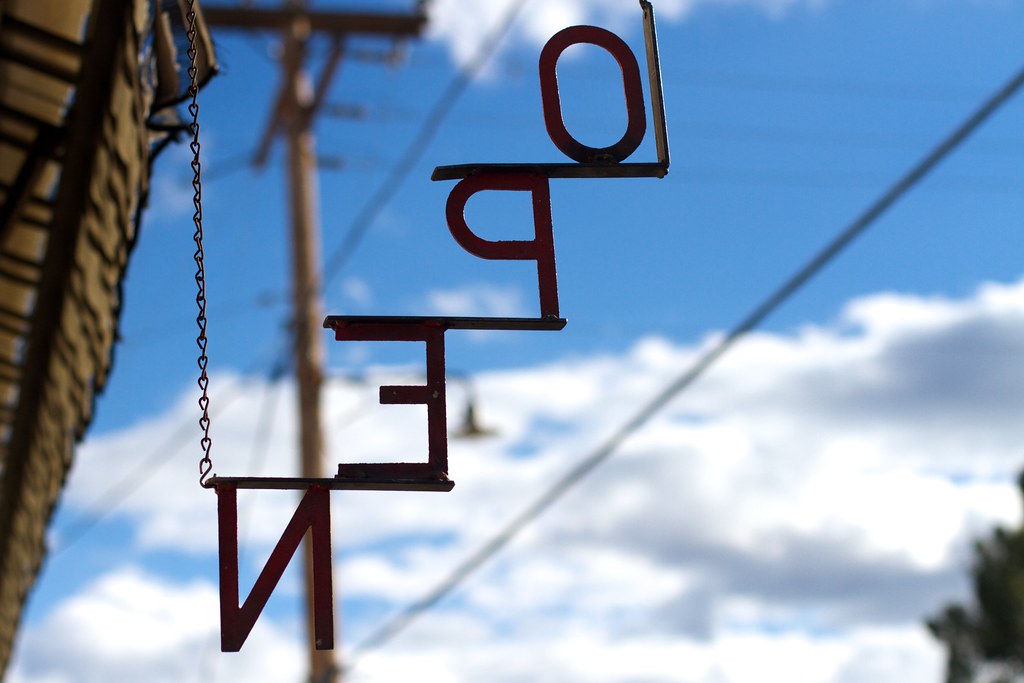
Open. If we look at dictionary definitions we can find explanations of what open means in terms of “having no enclosing or confining barrier; accessible on all or nearly all sides; completely free from concealment; exposed to general view or knowledge. What does open mean in relation to learning? All these things, actually, but in a deeper sense than what I would have thought of a few weeks ago. My first guess would have been that it was about allowing other students than the ones enrolled at universitities to access the possibility to take a course, as in a MOOC. But as we watched the course material and discussed we found out that open is much more, and in a sense also much more difficult to work with. Open is not only about enabling students to take your course, it is also about designing the course and its material with students’ accessibility in mind. The student is at the center, not the teacher that wants to share his/her knowledge. Already this is a challenge, as it forces us to think of what is that can make it difficult for a variety of students to become part of a fruitful learning process, and address it. But open is also about sharing among peers. It is, in other words, not only about one teacher to many students, but also one teacher to many teachers. It is about making the work you have done available so that others have the possibility to build on it. While many would argue that this is how scientific knowledge is produced and advanced – as a community, not as single individuals – in open learning such an understanding expands to how teaching can be advanced and includes a more radical view: whoever can be worth working with your material, without the need for institutions to pay fees to publishers. Finally, if open is about developing knowledge and how we can share knowledge as a community, it means connectivity as well. It is not me “opening” but me “connecting and sharing”.
Open includes, in other words, different layers and facets (DeRosa and Robinson, 2017) and there are many arguments of why to open (see for instance here and here). While during our discussions we have talked about the challenges for the individual teacher and instutions to open and not retain exclusive rights on their material, it occurs to me now that maybe the biggest challenge is related to the fact that teachers are traditionally part of a profession (Abbott, 1988). A profession cannot be open per definition, it is part of the nature of a profession to have boundaries that keep out those who are not part of it, for instance by requiring certain kind of training and rites of passage. It is by being part of a profession that we are given legitimacy in our claims of being able to teach others, but also in deciding what is worth teaching and what not. What happens once those boundaries are removed and everyone can “do teaching” as well as “do learning”? As we have witnessed with social media and news production and distribution, there is something democratic about everyone having access to news and being able to produce news, but there is also something, to me, dangerous in not needing to comply to some kind of “code of conduct” and ethics in order to produce news, as the fake-news phenomena shows. What then with open learning? The question of responsibility and accountability are to me central, and not just about how to share material paying the proper credit, but also about what it means to teach and learn.
EURAM Crevani et al 091217
Abbott, A., 1988, The system of professions: An essay on the division of expert labor. Chicago: University of Chicago Press
DeRosa, R., & Robison, S, 2017. From OER to open pedagogy: Harnessing the power of open. Open: The philosophy and practices that are revolutionizing education and science, 115-124.